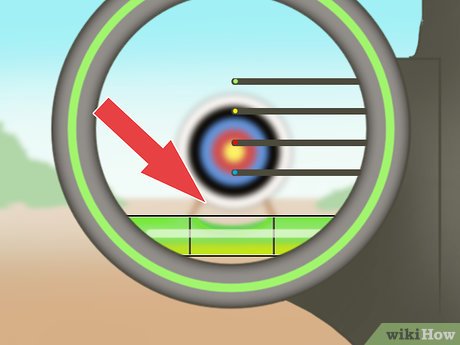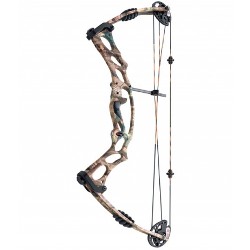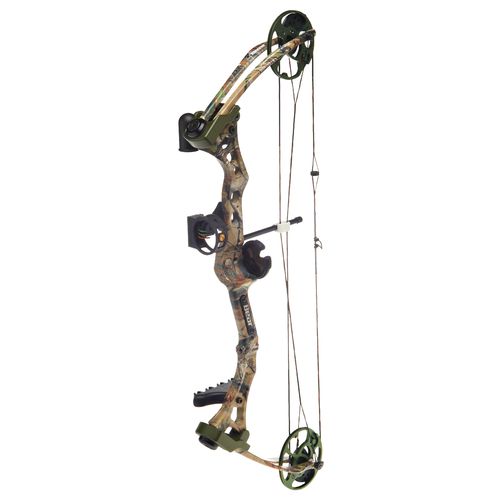How To Aim Compound Bow
In the world of archery, the compound bow stands as a remarkable fusion of tradition and innovation. This guide provides an overview of compound bows, exploring their mechanics, advantages, and why they have become the top choice for many archers. Unlike traditional bows, compound bows utilize a system of cables, pulleys, and cams to assist in holding a high poundage at full draw, ultimately allowing for more precise aiming. Additionally, the compact design, adjustable features, and immense power make compound bows ideal for various purposes, whether it be hunting, target archery, or bowfishing. With regular maintenance and proper safety precautions, the compound bow offers an unparalleled experience that combines the best of tradition and technology in the world of archery.
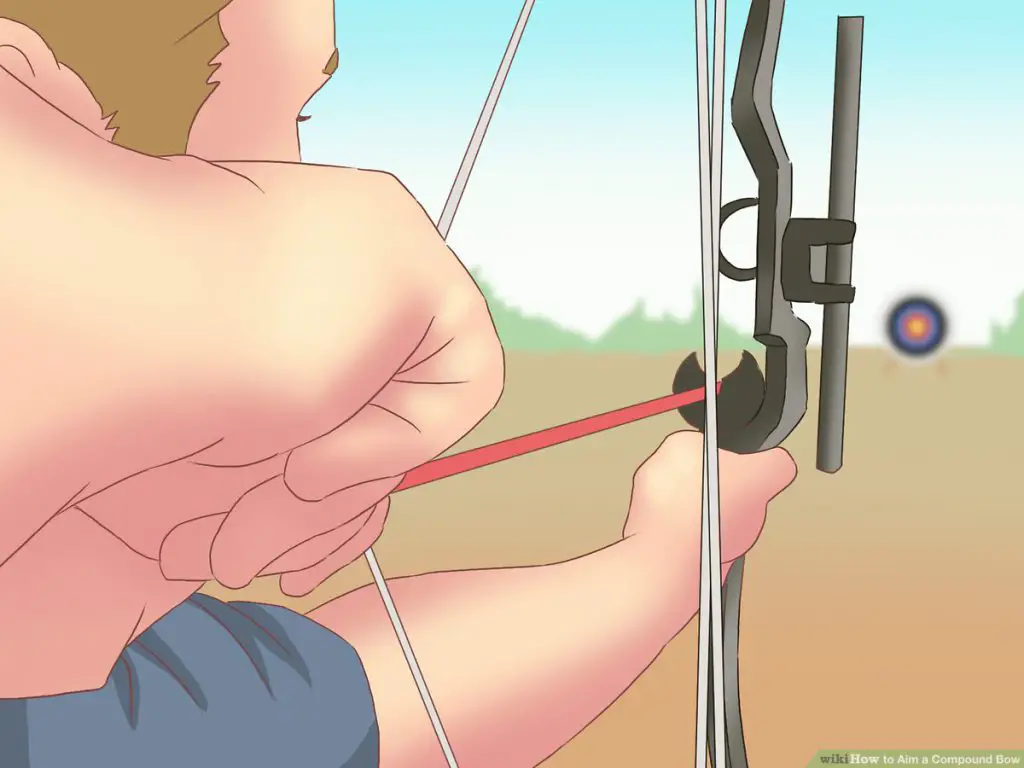
What is a Compound Bow?
A compound bow is a unique type of bow that combines traditional archery principles with modern technology. It features a system of cables, pulleys, and cams that assist the archer in holding a high poundage at full draw. Unlike traditional bows, where the draw weight increases as you pull back, compound bows reach a peak weight and then “let-off” to a lower holding weight, allowing the archer to take more time when aiming. This innovative design has made compound bows the preferred choice for many archers due to their increased power, speed, and accuracy.
Key Components
Limbs
Unlike the straight limbs of a longbow or the curved limbs of a recurve, compound bow limbs are much stiffer. They are responsible for storing and releasing the energy needed to propel the arrow forward. The limbs are made of durable materials such as fiberglass or carbon fiber to withstand the high pressures and forces exerted during the shooting process.
Cams
Cams are oval-shaped devices that rotate as the bowstring is drawn back. They play a crucial role in the draw cycle and directly impact the bow’s performance. There are different types of cams, including single cams, dual cams, and hybrid cams. Each type has its own characteristics and advantages, influencing factors such as the draw cycle’s smoothness, speed, and let-off.
Cables & Strings
The cables and strings of a compound bow are essential for its operation. They connect the cams, limbs, and riser, transferring energy and ensuring proper timing and synchronization during the shot. The materials used for cables and strings have evolved over time, with modern compounds utilizing strong and durable materials like high-quality synthetic fibers to withstand the high tension and forces experienced when shooting.
Riser
The riser is the central part of the compound bow, typically made of aluminum or carbon. It serves as the foundation to which the limbs, cams, cables, and other accessories are attached. The riser’s design and construction contribute to the overall stability and balance of the bow, making it an integral component for accuracy and optimal shooting performance.
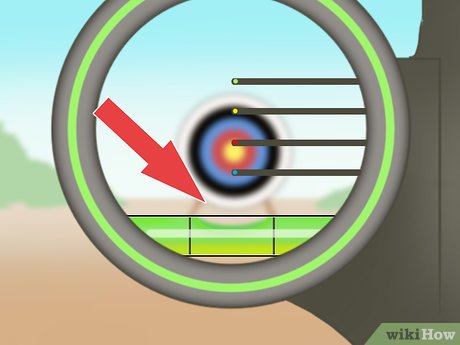
Advantages of Compound Bows
Power & Speed
One of the standout advantages of compound bows is their ability to generate immense power. The unique design of the cams and the energy stored in the limbs allow compound bows to shoot arrows at high velocities, making them highly effective for hunting and target shooting. The combination of power and speed enables archers to achieve greater accuracy and achieve more successful shots.
Accuracy
Compound bows provide archers with enhanced accuracy due to their mechanical advantage and the ability to hold the bow at full draw for longer periods. The let-off feature, which reduces the weight felt by the archer at full draw, allows for more stability and steadiness when aiming. This increased stability greatly enhances accuracy, making compound bows a preferred choice for archers who prioritize precision and consistent shooting.
Compact Design
Compared to traditional bows, compound bows have a more compact design. The shorter limb configuration makes them easier to maneuver in tight spaces, such as hunting blinds or dense forest environments. This compactness also contributes to a lighter overall weight, allowing archers to carry their bows with greater ease and convenience while on the move.
Adjustability
Another advantage of compound bows is their flexibility and adjustability. Many modern compound bows allow for various adjustments, including draw length and draw weight. This adjustability ensures that the bow can be tailored to fit the archer’s individual preferences and shooting style, resulting in a more comfortable and accurate shooting experience. It also enables the bow to grow with the archer, making it an ideal choice for beginners and young archers.
Choosing the Right Compound Bow
Purpose
Before choosing a compound bow, it’s essential to consider its intended purpose. Are you planning to use it for hunting large game, participating in target archery, or perhaps engaging in bowfishing? Different bow models are designed with specific purposes in mind, so understanding your intended use will help you select the right bow that suits your needs.
Draw Length
Draw length is a critical factor in choosing a compound bow. It refers to the distance from the bowstring at full draw to the grip position. Selecting the appropriate draw length is crucial for proper shooting form and optimal accuracy. If the draw length is too short or too long, it can negatively impact your ability to consistently hit your target. Consulting with a knowledgeable archery professional or using a draw-length specific bow-sizing chart can help you determine your ideal draw length.
Draw Weight
Draw weight refers to the amount of force required to pull the bowstring back to full draw. It is important to select a draw weight that you can comfortably and consistently handle. Starting with a lower draw weight allows you to build strength and develop proper form before gradually increasing the draw weight as you progress. When choosing draw weight, consider factors such as your physical capabilities, shooting goals, and the type of game or target you plan to shoot.
Let-off
Let-off is a term used to describe the reduction of weight felt by the archer when the bow is at full draw. It is expressed as a percentage and plays a crucial role in determining how long you can hold the bow at full draw without feeling fatigued. A higher let-off allows you to hold the bow drawn for longer periods with significantly less effort. However, it’s important to strike a balance and choose a let-off percentage that suits your shooting style and preferences. Some archers prefer a lower let-off for increased control and steadiness during the shot.

Maintenance & Care
Compound bows, with their intricate design, require regular maintenance to ensure optimal performance and longevity. It is essential to periodically inspect the strings, cables, and cams for signs of wear and tear. Replace any damaged or frayed components promptly to prevent potential accidents or equipment failure. Lubricating the moving parts, such as the cams and axles, with bow-specific lubricants helps reduce friction and prolong the life of these components. Additionally, consider seeking professional tuning services once a year to ensure that your compound bow is properly calibrated and in top condition.
A Word on Safety
When handling and shooting a compound bow, it is crucial to prioritize safety at all times. The power and speed that compound bows can generate should never be underestimated. Always use arrows recommended for your specific bow’s draw weight to prevent any potential accidents or equipment damage. Before shooting, ensure that your shooting lane is clear of any obstructions, and always be aware of what lies beyond your target to avoid any unintentional harm or property damage. Familiarize yourself with proper shooting techniques and adhere to all safety guidelines and regulations provided by reputable archery organizations.

Conclusion
The compound bow stands as a fusion of innovation and tradition in the world of archery. With its unique combination of modern technology and ancient principles, it offers archers a powerful and accurate tool for hunting, target shooting, and recreational archery alike. Whether you’re a seasoned archer or embarking on your archery journey, the compound bow provides an exciting and fulfilling experience. By understanding the key components, advantages, and factors to consider when choosing a compound bow, you can make an informed decision and enjoy the many rewards this exceptional archery tool has to offer.

